Burning fossil fuels drives air pollution, intensifies heat, and accelerates climate change. These forces, in turn, fuel increasingly destructive hurricanes, some now so powerful that scientists have proposed adding a “Category 6” to the Saffir-Simpson scale to describe the extreme weather events that cause human suffering and death. Yet U.S. energy policy under the current administration has not merely favored fossil fuels; it has reverted to burning more fossil fuels to power the country, slowing the transition and worsening pollution’s toll.
Because the harm from pollution and climate change is slow, widespread, and diffuse, it’s easy for society to hide behind the mindset that “a single death is a tragedy, a million deaths are a statistic.”
While it’s difficult to assign individual harm to broad policy decisions, there’s no doubt that air pollution has tangible, immediate effects. Three years after a Pittsburgh coal-processing plant closed in 2016, researchers documented a 42% drop in local emergency cardiovascular admissions. Reducing fossil emissions directly improves public health in measurable ways.
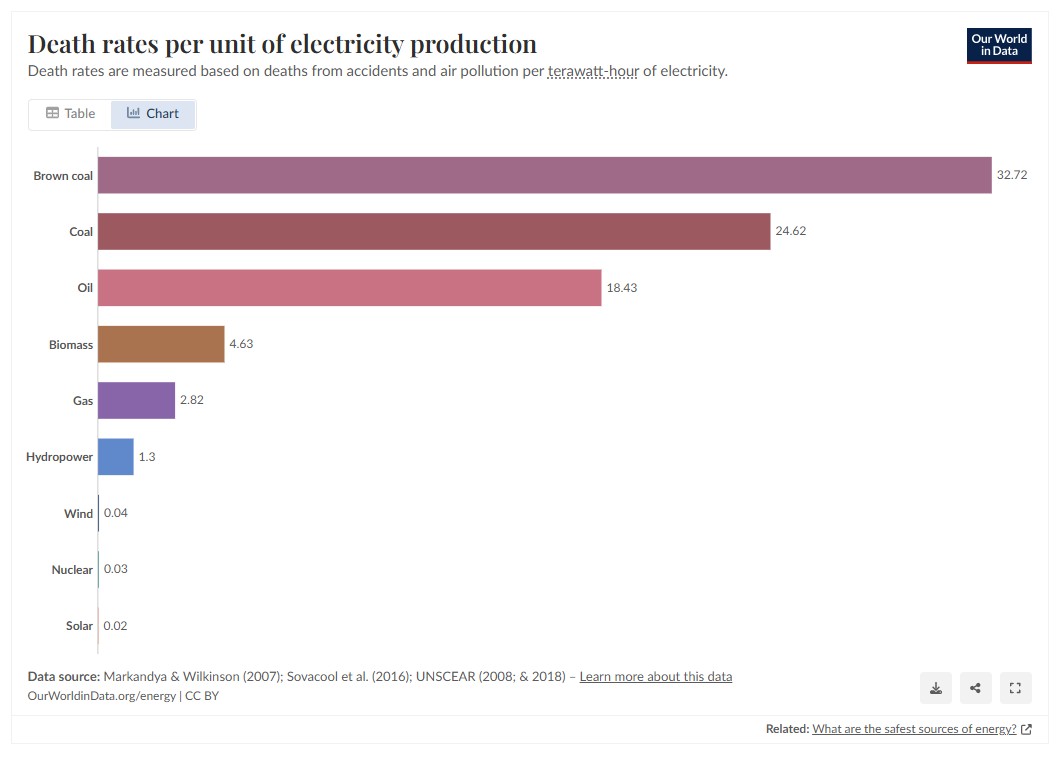
Suniva tariff public harm extrapolations
An analysis by the Solar Energy Industries Association lets us consider how the 2017 Suniva tariffs, imposed after the company filed a Section 201 trade petition, had a human cost in their obstructing of solar deployment. From 2017 through 2021, the tariffs are estimated to have prevented 10.5 GW of solar capacity from being built. That capacity would have generated roughly 18 TWh of electricity in 2022.
With natural gas providing 39% of U.S. electricity and coal 20% that year, we can—very roughly—estimate that 7 TWh would have been replaced by gas and 3.6 TWh by coal.
Gas-fired power is estimated to kill about 2.82 people per TWh through air-pollution-related effects, while coal kills 24 per TWh. Applying these rates, the Suniva tariffs are estimated to have led to 19 deaths from gas generation and 86 from coal—a total of about 105 avoidable American deaths in 2022 alone. The number of Americans left with chronic respiratory conditions such as asthma likely reaches into the tens of thousands.
Solar module imports save lives
A more rigorous—and encouraging—analysis from researchers at the City University of New York found that solar panel imports into the United States displaced 305 TWh of fossil generation, avoided 178 million tons of CO2 emissions, and prevented 595 premature deaths between 2014 and 2022.
The paper, Imported solar photovoltaics contributed to health and climate benefits in the United States, showed that 78% of solar panels deployed during this time were imports. As utility-scale solar grew from “nearly zero” in 2010 to 3.4% of total U.S generation in 2022, those imported modules were critical.
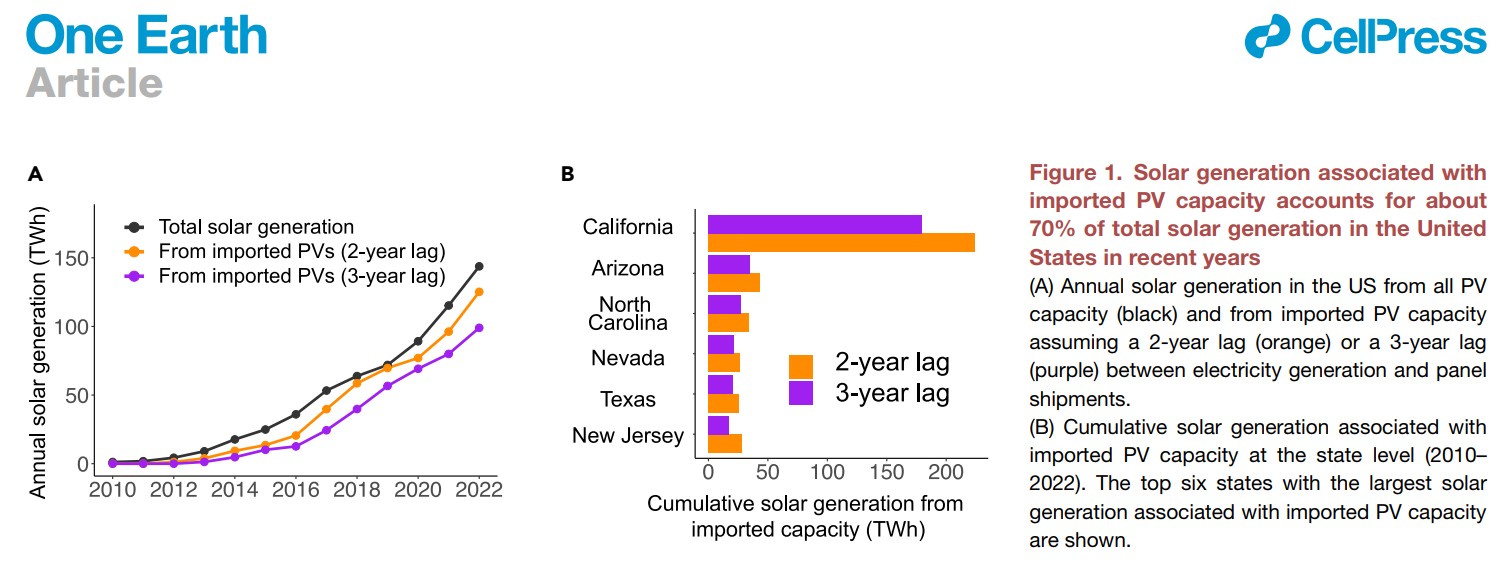
Regional differences mattered. In Texas, one MWh of solar reduced gas generation by 0.70 MWh and coal by 0.31 MWh. In Florida, nearly all the displaced energy came from gas—0.97 MWh per MWh of solar.
Overall, imported solar panels generated $28 billion in combined health and climate benefits. Climate benefits made up 76% of that total, and air-pollution reductions the other 24%. On average, every kilowatt of imported solar produced $180 in health and climate benefits—about one-fifth of a system’s installation cost, separate from its energy value.
Strategy and consequences
While some would argue that it’s impossible to draw a straight line between a trade policy and an obituary, others—including this author—see a clear causal link. Modeling indicates that the Suniva tariffs worsened air quality and public health outcomes, resulting in roughly a hundred additional pollution-related deaths. Whether that figure is viewed as an estimate or an accusation, it reflects a policy failure with real human stakes.
Adding to the irony, the company that pushed hardest for those tariffs did not restart manufacturing until 2024, years after the Biden administration’s Inflation Reduction Act reignited domestic production. Having already gone dark, Suniva leveraged the machinery of U.S. trade law to kneecap the industry.
The damage didn’t end there. New and expanded U.S. solar trade barriers continue to raise costs and slow deployment, undercutting the very decarbonization targets those policies claim to defend. Every delay in clean-energy buildout prolongs dependence on fuels that pollute and destabilize the climate. By contrast, imported solar modules over the past decade have accelerated emission reductions and delivered measurable—if diffuse—public-health and environmental gains.
If the United States intends to pursue energy dominance, it should do so through true abundance and evidence, not restriction and rhetoric. Tariffs slow the transition and prolong fossil dependence, while value-driven tax credits are already driving solar manufacturing and expanding domestic capacity across every link of the supply chain.
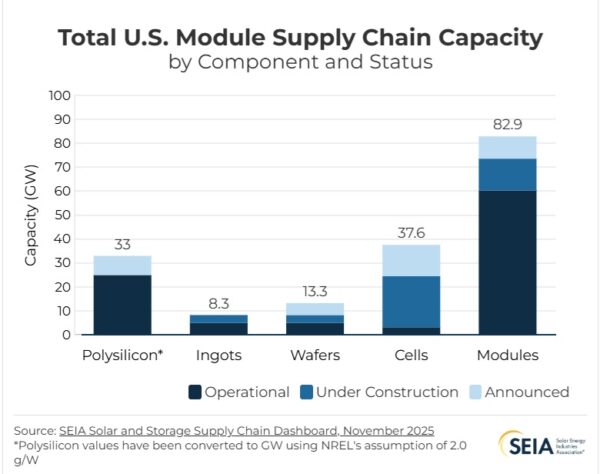
This content is protected by copyright and may not be reused. If you want to cooperate with us and would like to reuse some of our content, please contact: editors@pv-magazine.com.
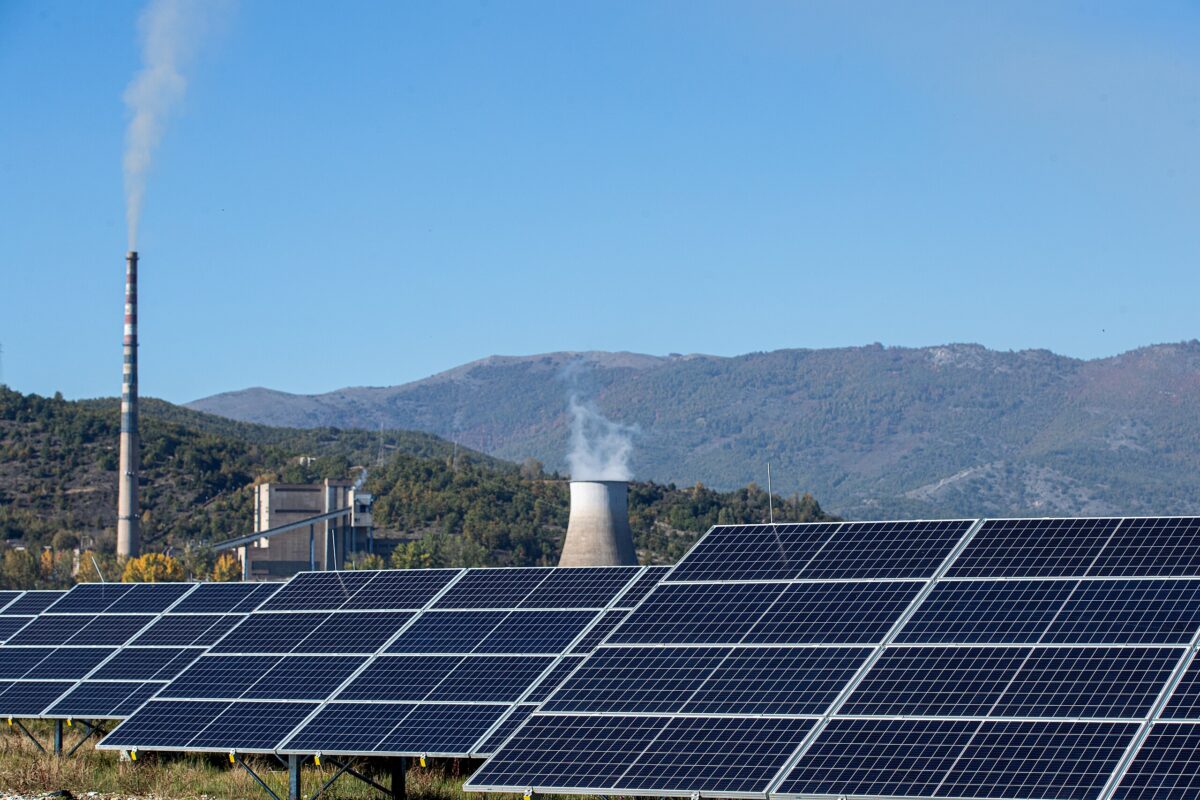
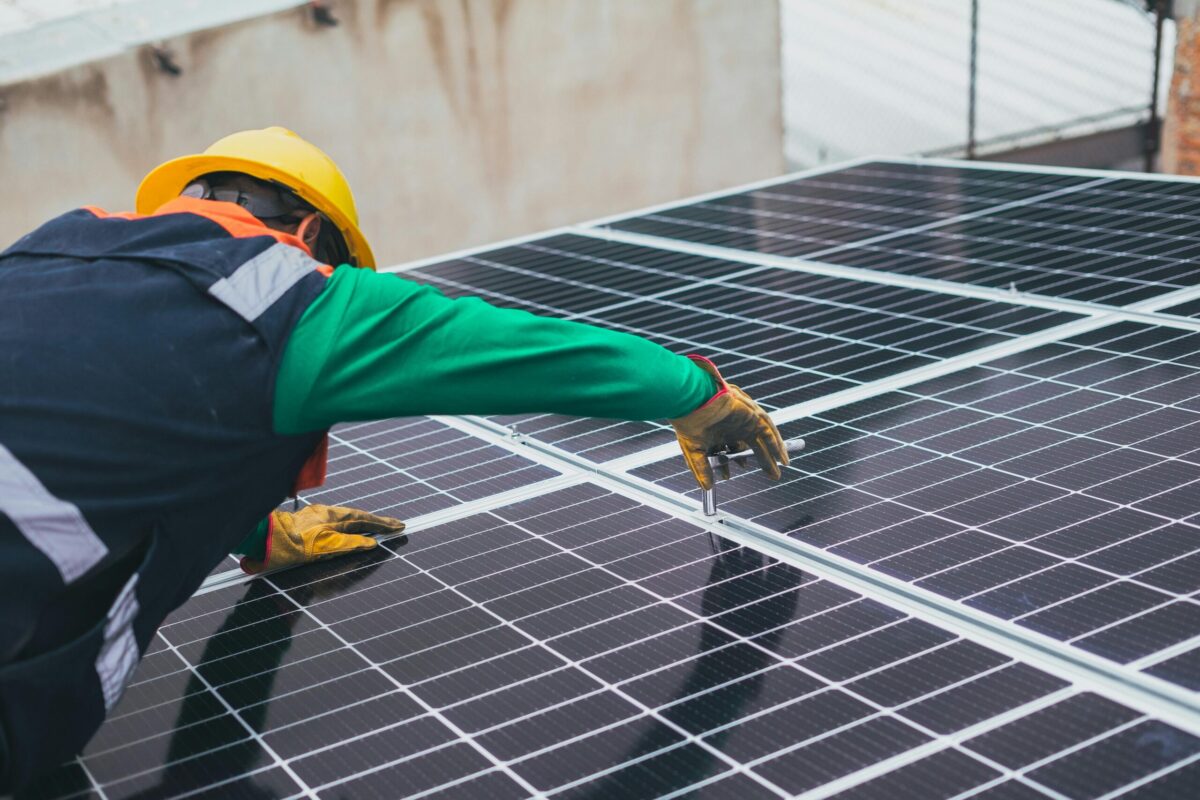

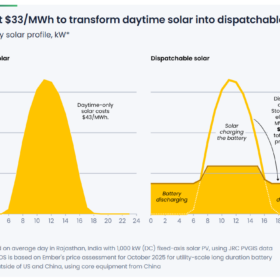

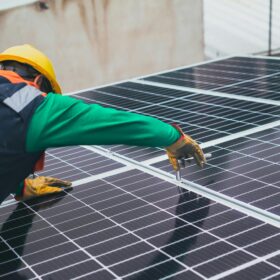
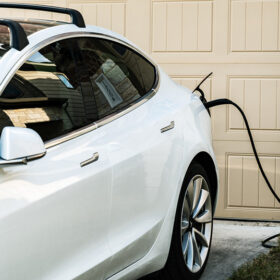

do you really believe this nonsense? another climate “crisis” woke joke “research” project. even bill gates has moved on………
The real issue is:
Especially here in Arizona, where almost everyone should have solar but most don’t, due to as many sources indicate that utilities make solar less cost-effective through various policies that reduce compensation for exported solar energy and add new charges. These actions, often supported by utility lobbying and opposed by solar advocates, are driven by concerns that distributed solar threatens utility profits.
You can place the blame on tariffs, however, if most people are not buying into solar because it’s not cost effective due to utilities losing profits….Who really should be blamed??🤷♂️
Actually solar panels kill millions of different species of wild life and it is nothing but a waste of green deal money